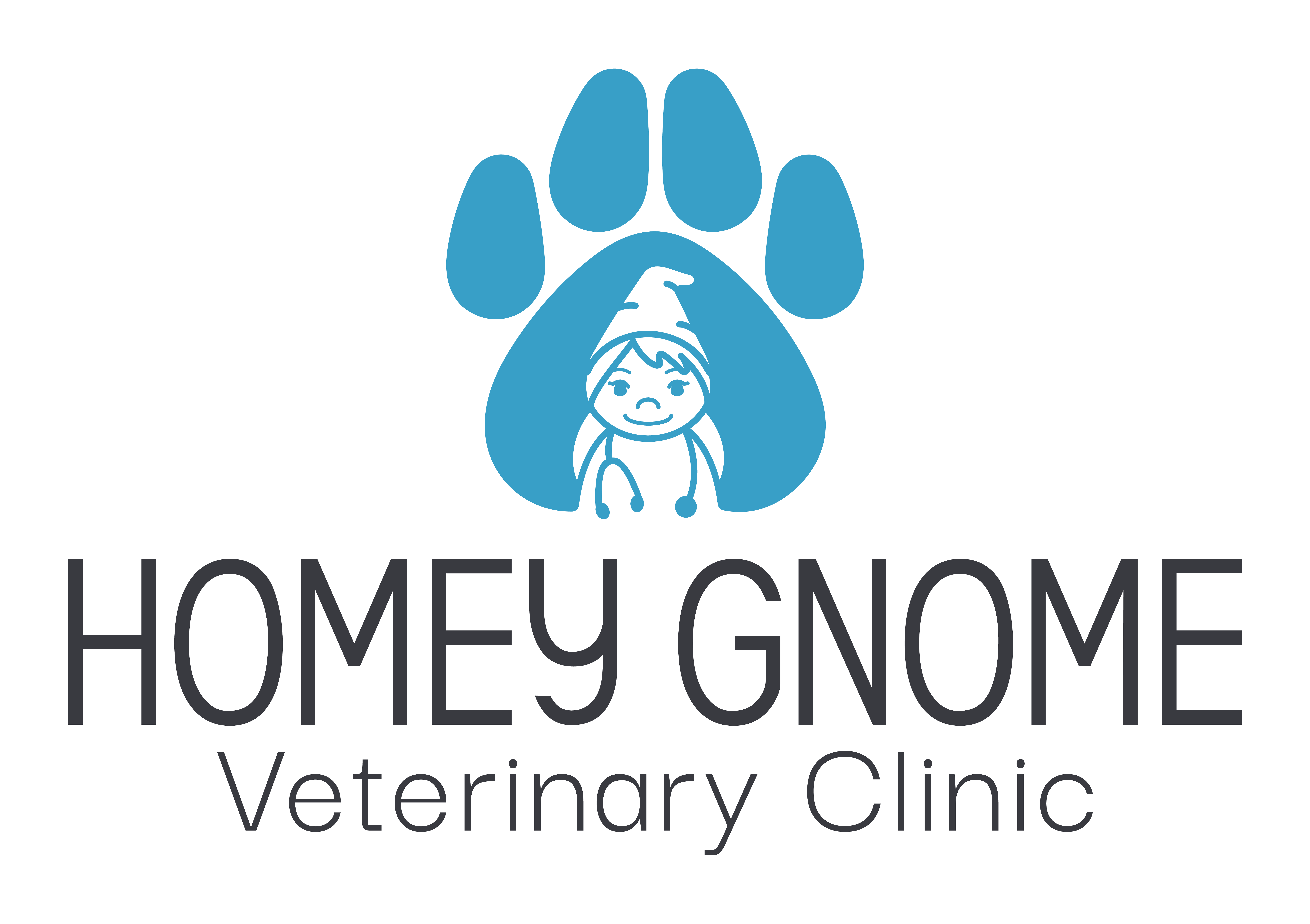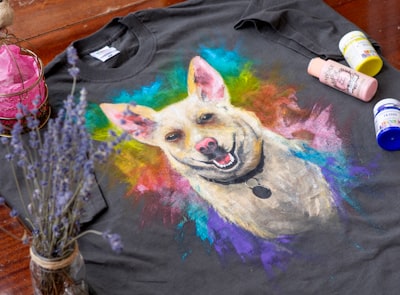The Cycle of Life
Everything – good, bad, happy, or sad – has a beginning, a middle, and an end. Whether it’s a book you love, a movie you don’t, or a job you can’t wait to leave, every experience and every relationship begins and ends. It’s the rhythm of life, even when it involves those we love, two-legged or four, furry or finned. Unfortunately, our pets aren’t around nearly long enough. The beginning and middle of their time with us are easy to embrace, but the end of their lives isn’t. Regardless, it’s part of the cycle, and, perhaps, the part where they need us the most.
The Most Difficult Decision
Saying goodbye to a beloved pet is one of the most heart-wrenching experiences any pet owner will face. Whether it’s due to old age, illness, or injury, the decision to euthanize a pet is never easy, but it can be a compassionate act of love when done with careful consideration and respect for your pet’s well-being. Your veterinarian will support you in making a decision that’s right for your pet. If your pet is ill or elderly, your veterinarian will want to know:
- Whether your pet is in a great deal of pain
- If your pet is losing weight
- If your pet is eating and drinking
- Whether your pet is able to stand on their own
- Whether your pet is still enjoying his or her life
- If your pet is frequently incontinent
It may be difficult to answer these questions honestly, but it’s important to.
If your pet experiences a serious or catastrophic injury, the choice may be more obvious but no less painful to make.
The Process
You may be able to work with your veterinarian to provide pet hospice care, a process that involves:
- Understanding your pet’s health condition
- Knowing the signs of pet pain
- Exploring options for nutritional supplements
- Learning to care for an incontinent pet
- Learning wound care if needed
There may be other things to manage, too. Your veterinarian will discuss that with you.
The Grief
You will grieve the loss of your pet. So will your family, friends, and anyone who loved them. Not only is it ok to grieve, it’s important to. There are steps you can take to heal your grief, including:
- Understanding that grieving for your pet is natural
- Reaching out for support to a friend, family member, or pet loss support group
- Taking time and space to grieve fully
- Journaling your feelings
- Understanding that pet loss can be as difficult as grieving for any other lost loved one
- Reading books about grief and doing the exercises contained within them
There are books available to help both children and adults with their grief. Some children’s titles we recommend are:
- Dog Heaven
- Forever In My Heart
- When A Pet Dies
- The Heaven of Animals
- The Invisible Leash: An Invisible String Story About the Loss of a Pet
While adults might find help in:
- The Grief Recovery Handbook For Pet Loss
- Goodbye, Friend: Healing Wisdom For Anyone Who Has Ever Lost A Pet
- Repairing The Heartbreak of Pet Loss Grief: 3 Phases of Healing After Losing Your Best Friend
- Losing My Best Friend: Thoughtful Support For Those Affected By Dog Bereavement Or Pet Loss
It’s important to remember that everyone grieves differently. Your grief may look different than anyone else’s.
Finding Solace
Pet owners find solace in their grief through many different avenues. Some pet owners plant a tree in their pet’s memory while others volunteer at or make contributions to a pet shelter. Other people may memorialize their pet by hanging pictures of them or even getting a tattoo in their memory.
Homey Gnome Veterinary Clinic
Homey Gnome Veterinary Clinic in Oakdale, MN provides end-of-life, hospice, and euthanasia care for pets and the people who love them. Please contact us if we can support you in any way.
Image credit: Pixabay


